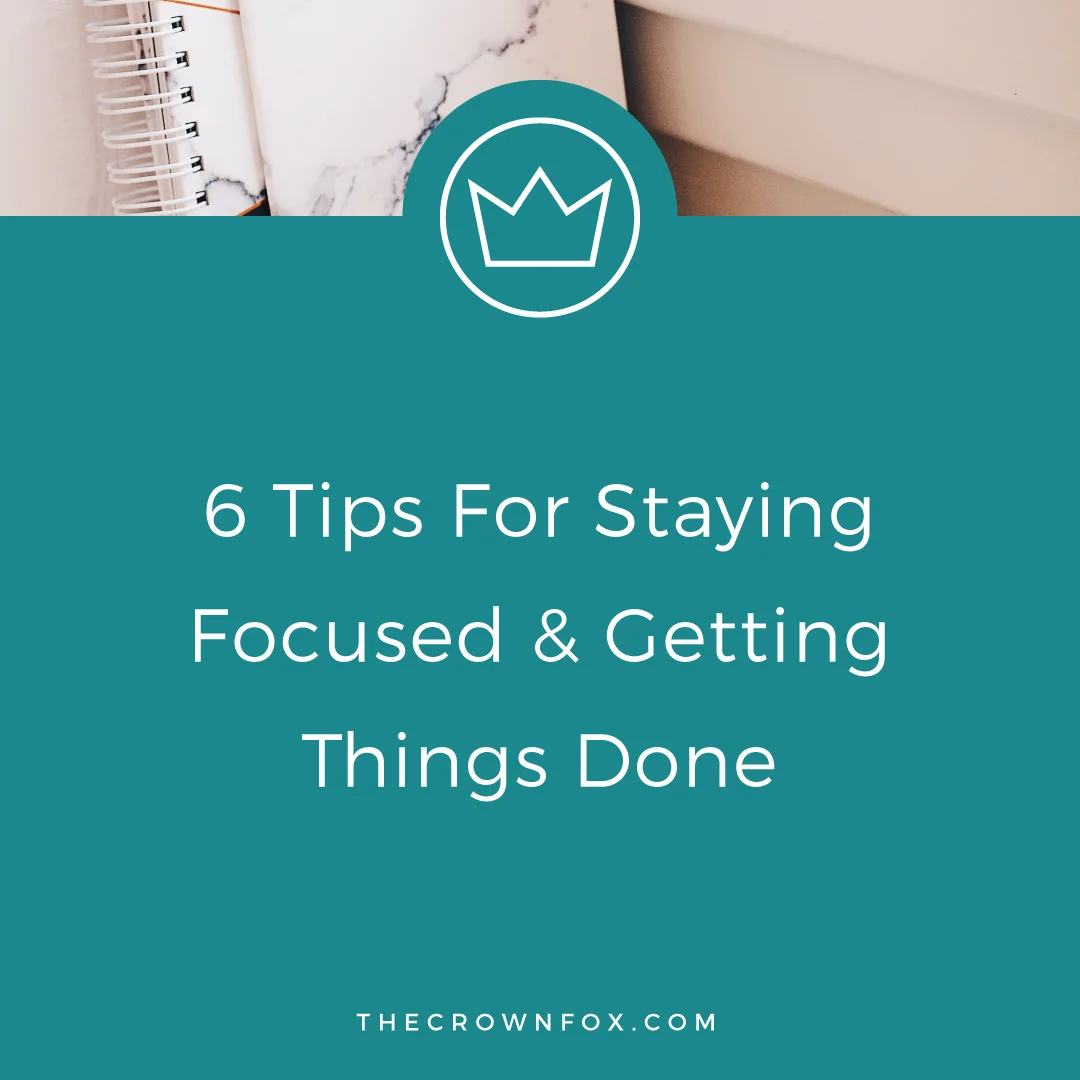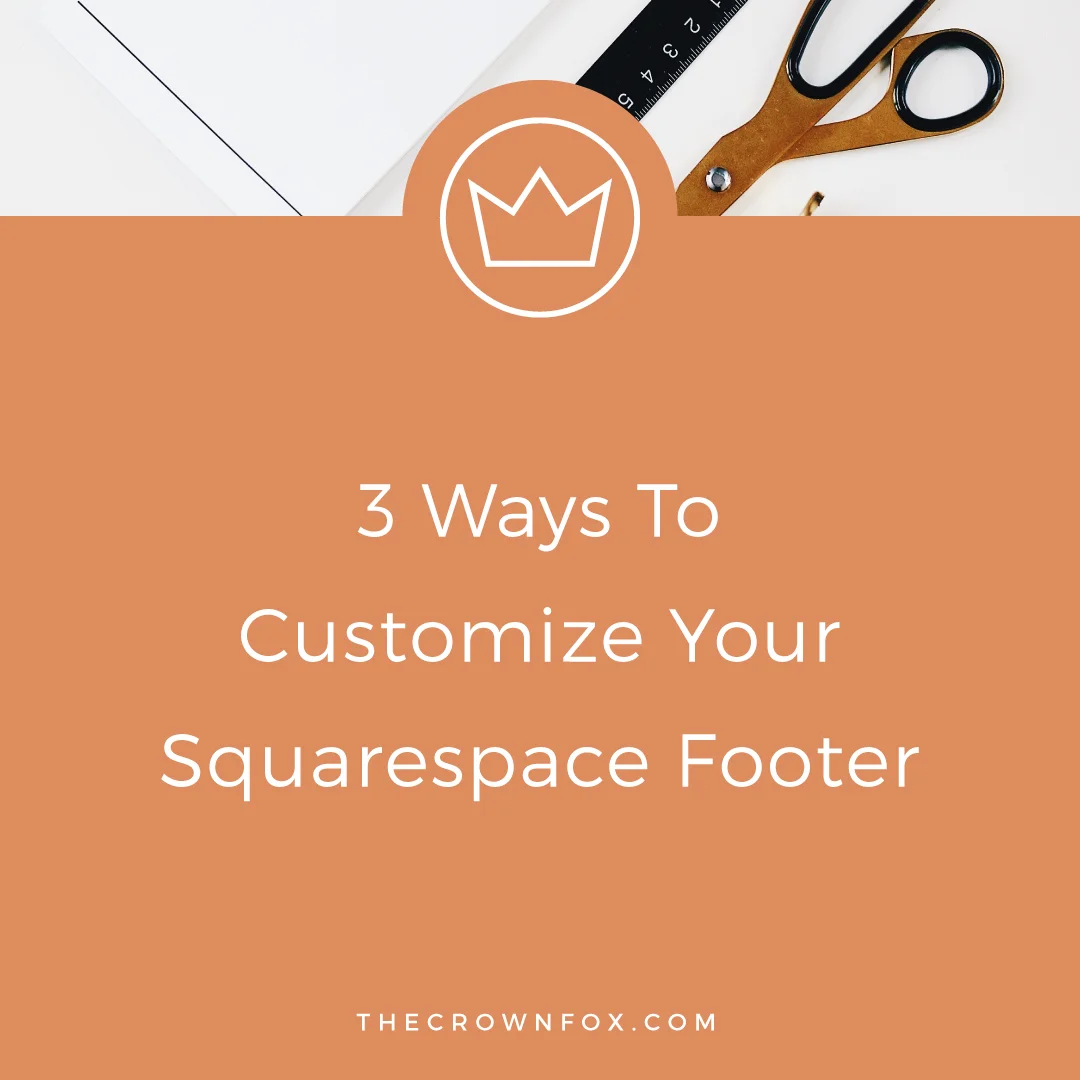Working from home on your own business and staying productive all the time isn’t easy for everyone, myself included. Maintaining a schedule, not being tempted to run all your errands and do your laundry during “work hours”, and not taking that afternoon nap can be… hard.
The ready excuse or reasoning for this would be “laziness.” When I explain to people what I do they immediately respond with all the things they’d do during the day if they worked from home or that I’m lucky I get to wear pajamas all day. When I return with a discussion about some of the difficulties that working from home presents they immediately assume I’m just being lazy.
So quick disclaimer, I’m not going to tell you that what is keeping you from being productive is that you’re lazy. If you’re lazy you are probably already aware of that and that’s going to take another kind of motivation (read: a kick in the butt) to get you going. I’m going to dig a bit deeper than that, because chances are laziness isn’t the actual issue, but actually the result of one of these issues.
So what’s really keeping you from being productive?
FEAR
This is a BIG one for me. Fear causes me to grow completely paralyzed and unable to complete tasks. Fear that my idea will fail or will never grow to the potential I visualize. Fear that I’ll have to get a more traditional 9-5 or never figure out Facebook ads or sales funnels. Fear manifests into anxiety, which manifests into inactivity.
I know I am not alone in this feeling and that many business owners face this. It comes as a result of many things – but for me it builds when I face a lot of people repeatedly saying things that seem small and innocent, but really are damaging. Things like, “So you’re really running your own business?” or “You can really teach people something?” slowly pick away and tear me (and potentially you) down.
Here’s what I’ve been working on to overcome these sorts of feelings:
Creative Brainstorms: I try to allot time every week to sit down with just me and a notebook and let ideas flow organically and naturally. I create mind maps and unorganized, messy lists but it quickly evolves into drawings and sketches, and whatever else flows out. Why does this help me? I’m naturally a creative person and running a business is incredibly draining sometimes, so it feels really nice to get back to just creating something, anything. It let’s me unwind, remember that I have skills and perspectives that are unique and special, and gets me out of my head.
Daily Affirmations: This is something pretty new in my practice and a little “woo woo” for me, but I’ve been attempting to remind myself first thing in the morning of three positive things I like about myself (to help my psyche overall) and I try to focus at least one of those things towards my business. I focus on a skill or talent or a positive asset I have that lends itself well to helping others and growing my business.
Feel Good Folder: I save positive tweets, messages, and emails in a folder on my computer to remind myself that my work has helped people and made a difference in their businesses. Whenever I feel particularly useless or lost reminding myself that I have created value in the past helps me to continue creating value now.
I highly recommend using one of those methods or another one to help you get past fear and move forward into your business. Fear is the biggest challenge for so many of us and we don’t even realize it’s happening. Acknowledging it is step #1 but overcoming it can be more difficult and take time and determination (and stepping outside of your comfort zone).
LACK OF CLARITY
Another huge reason you are stuck productivity-wise is because you just honestly don’t know what to do. This comes from a lack of clarity in your business. I talk quite a bit about brand visions and how those determine everything you actually do in your business and I fully believe that without a strong brand vision you will get stuck time and time again because you’ll lack clarity.
Lack of clarity in your business = lack of productivity. [Tweet That!]
Lack of clarity looks like this: you feel really busy and go through the motions day-in and day-out, but you don’t actually accomplish anything or grow your business. I notice a lot of questions about things in Facebook groups that boil down to a real lack of clarity in business, which is hard because you know what you want (money, success, freedom, etc.) but that’s not your brand vision. That’s just a goal or wishful thinking.
Here’s how to get out of that rut and start moving forward again:
Work on your brand vision: Go back to the basics. Figure out your why, your who, and your how. Even if you think you know it already, go through the exercises and re-think and re-evaluate and solidify your brand vision based on those answers. If you need help you can check out Building Your Base.
Book a strategy session: Coaches and strategist can be helpful in working through your brand strategy - this usually includes hyper-focusing on that brand vision and making sure you understand the big picture of your business in a way that helps you plan daily, weekly, and monthly tasks for your business.
MULTITASKING
I’m an advocate of block scheduling and day-blocking so that I can accomplish ALL THE THINGS! There are a lot of other popular time methods people swear by, like the Pomodoro Method, that sound interesting and useful if your brain works better that way.
Whatever way your brain works, I’m going to make a big general statement: it doesn’t work well multitasking. Switching between 600 tasks is hard. You feel scatterbrained, overwhelmed, and stressed out all the time and that leads to anxiety and lack of productivity.
I’ve talked about my schedule and organization before, but what my day really boils down to is 2-3 really important tasks that have to get done, and 1-2 tasks that it would be really great if I could put some time into. The 2-3 tasks get done during normal working hours (usually, unless something really crazy happens or I have a weird/random interference) and the 1-2 extra are if I am feeling up to it that night and don’t have other plans like Netflix binging and eating a carton of ice cream. And Chipotle.
For the most part this works out great. My brain can focus for hours on one thing before switching to the next. I can turn off notifications and hide my phone (and my Sudoku book – I’m going through a really weird binge right now) and just get it done. The alternative would be me spending the first few hours wondering what I should do, writing to-do lists, etc. before getting started and then when I did get started I’d convince myself I needed to go update Twitter or something. If you can eliminate the need or desire to multitask you can be way more productive.
So how can you do that?
Block Schedule and/or Day Block: Separate out your repeatable daily/weekly tasks and allot them a specific time and/or day and make that a habit (and one of your 2-3 main tasks for that day). Maybe Monday has a main task of filling your Buffer queue, writing a blog post, and cleaning up your inbox. That’s all you need to focus on that day – so don’t do client work, don’t work on your new course, etc. Focus on those tasks and allot those other things to Tuesday, Wednesday, etc.
Research and Trial: If your brain works differently than mine and block scheduling sounds awful, try out the Pomodoro one or other time management methods. I’d recommend researching on your own time (not on “work time”) so you don’t spend a whole day not being productive but being “busy.”
Use Trello to organize all your tasks: Trello is my tool of choice, but Asana would work too. Basically make sure there’s a place that houses all of your “to do” items so that you have a place to start from when it comes to organizing your to-do list into a manageable one-item-at-a-time tasks (that you can check off!)
Somehow this magically turned into a small novel of a blog post and I hope that some of these ideas and methods work for you and boost your productivity. I’d love to know your thoughts on any of these, or other methods you use, so feel free to comment below and chat with me!












Hi! I’m Kaitlyn!
I believe that you can create a life and business you love by listening to your own inner guidance system. I think there's plenty of strategies + hacks to learn and a ton of “how to” content you can consume but ultimately you are your best guide, the best guru, the best compass, and the best source of inspiration! I’m here to help you learn to trust that voice inside, step into your incredible power, and create YOUR dream business + life.
Let’s work together!